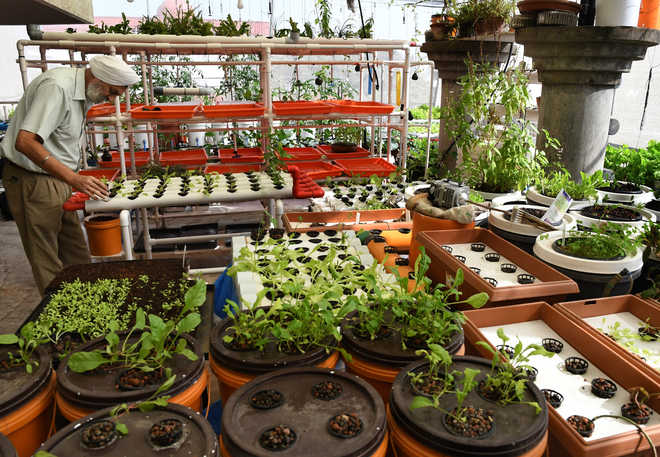Introduction: Terrace farming, a remarkable agricultural practice, has been harnessed by communities worldwide to cultivate crops on challenging hilly terrains. This method involves constructing stepped platforms on slopes, forming a series of levels resembling natural steps. These terraces serve as efficient solutions to combat erosion, conserve water, and maximize arable land while promoting sustainable agriculture. In this article, we delve into the concept of terrace farming, its benefits, and how it has become an integral part of various cultures across the globe.
Understanding Terrace Farming
Terrace farming is characterized by the creation of leveled fields supported by retaining walls on sloped landscapes. Each terrace helps to retain soil and water, making it suitable for cultivating crops that would otherwise struggle to grow on steep hillsides. This method dates back centuries and continues to thrive as a testament to human adaptability and resourcefulness.
Advantages of Terrace Farming
1. Soil Conservation: One of the primary benefits of terrace farming is its ability to prevent soil erosion. The terraces slow down the flow of rainwater, reducing the risk of valuable topsoil being washed away, which preserves its nutrient-rich composition and enhances crop productivity.
2. Water Management: Terrace farming acts as a natural water management system. The terraces capture rainwater, allowing it to infiltrate the soil and recharge groundwater sources. This strategic water distribution ensures consistent irrigation for crops while minimizing water wastage.
3.Increased Arable Land: By converting steep slopes into usable terraced fields, this technique effectively expands the available arable land. Farmers can diversify their crops based on microclimates, fostering agricultural productivity and resilience.
Terrace Farming’s Environmental Impact
Terrace farming promotes sustainable agriculture by minimizing the need for chemical inputs like fertilizers and pesticides. The terraces help retain nutrients, reducing the risk of runoff that could pollute nearby water bodies and harm ecosystems. This environmentally-friendly approach encourages biodiversity and preserves the natural balance of the surrounding environment.
The Art and Science of Terrace Farming
Terrace farming requires a combination of traditional knowledge and modern engineering. The construction of sturdy retaining walls and terraces demands skillful craftsmanship, while considering factors like slope gradient and soil composition ensures optimal crop growth. Over generations, communities have honed this art to suit their specific geographical and climatic conditions.
Cultural Significance of Terrace Farming
Beyond its agricultural significance, terrace farming holds cultural value in many regions. It often reflects the intimate connection between communities and their land, as generations have contributed to the construction and preservation of these agricultural landscapes. The practice embodies a profound respect for nature and its ability to sustain livelihoods.
Conclusion
Terrace farming exemplifies the ingenuity of humankind in adapting to challenging terrains while nurturing the environment. By carefully harnessing nature’s steps, this method has proven to be a sustainable agricultural marvel. As we embrace the principles of terrace farming, we not only ensure food security but also preserve the delicate balance between humanity and the Earth, paving the way for a greener and more resilient future.


